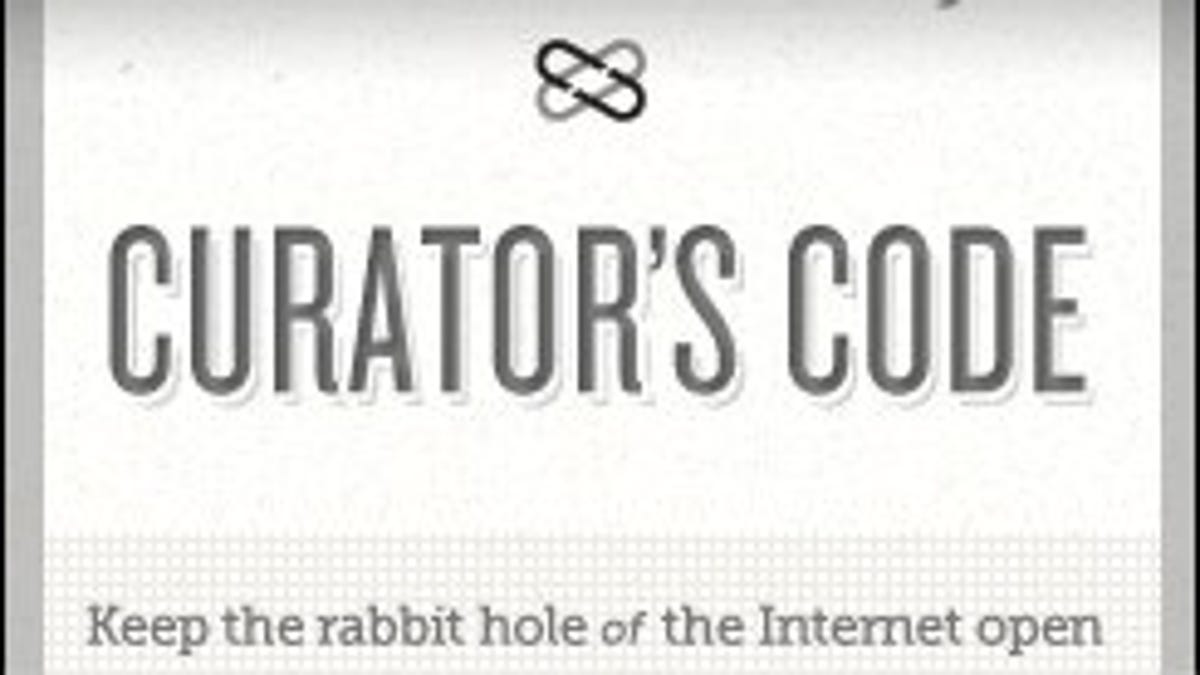Two ideas for handling content aggregators, attribution
From SXSW, two very different proposals to handle content aggregators and attribution of articles and other work across the Web.

Here's the simple truth about news on the Internet: Any original article can be (and often is) quickly rewritten and redistributed across the Web--sometimes in ways that credit and direct readers back to the original source, sometimes not.
Now some optimists hope to establish codes of conduct for so-called content aggregation, the NYT's David Carr reports.
Although aggregators can often send a lot of traffic to the site where an article first appeared, that's not always the case.
Last year, for example, writer Simon Dumenco wrote a column for Advertising Age on Steve Jobs' death. Soon after, Dumenco discovered that his story had been picked up by The Huffington Post and accused the site, which engages in some aggregation, with using "disingenuous" links and his content for its gain. The site apologized and suspended the writer involved.
At South by Southwest in Austin, Texas, Dumenco made it clear that the incident stuck with him. He announced at a panel discussion over the weekend that he has established the Council on Ethical Blogging and Aggregation with the intent of codifying how aggregation and attribution is conducted across the Internet, Carr reported.
"This is not an anti-aggregation group, we are pro-aggregation," Dumenco told Carr. "We want some simple, common-sense rules. There should be some kind of variation of the Golden Rule here, which is that you should aggregate others as you would wish to be aggregated yourself."
The Council has brought on a host of prominent names, including The Atlantic editor-in-chief James Bennet and Esquire editor-in-chief David Granger. Over time, Dumenco said, he hopes to see the body's standards used across the Internet.
The issue of attribution has long been debated on the Internet. And although ideas have been brought before the online community for handling attribution and aggregation, none of them has taken off. Many bloggers try to maintain a basic code of conduct by making explicit links to source material and noting when an element of a post was originally published elsewhere. As Dumenco points out, such codes aren't always upheld.
But Dumenco isn't alone. At another panel at SXSW, Maria Popova, an editor at Brainpickings, announced the launch of the Curator's Code, Carr reported. The Code allows content creators to embed two symbols--the "via" and the "hat tip"--into their stories to show attribution. The "via," which looks like a sideways "S," indicates a new story was taken directly from a previous article written elsewhere, according to the Curator's Code Web site. The "hat tip," which uses a curved-arrow design, indicates that a particular story was used to provide a "story lead or inspiration" for the new story.
"The unicode character is hotlinked to the Curator's Code site to allow the ethos of attribution to spread as curious readers click the symbol to find out what it stands for," the Curator's Code Web site reads.
But establishing codes and actually getting folks to use them are two very different things. Until the vast majority of content creators sign on to one standard--and educate readers on the meaning of such--there's little chance of the situation changing.

